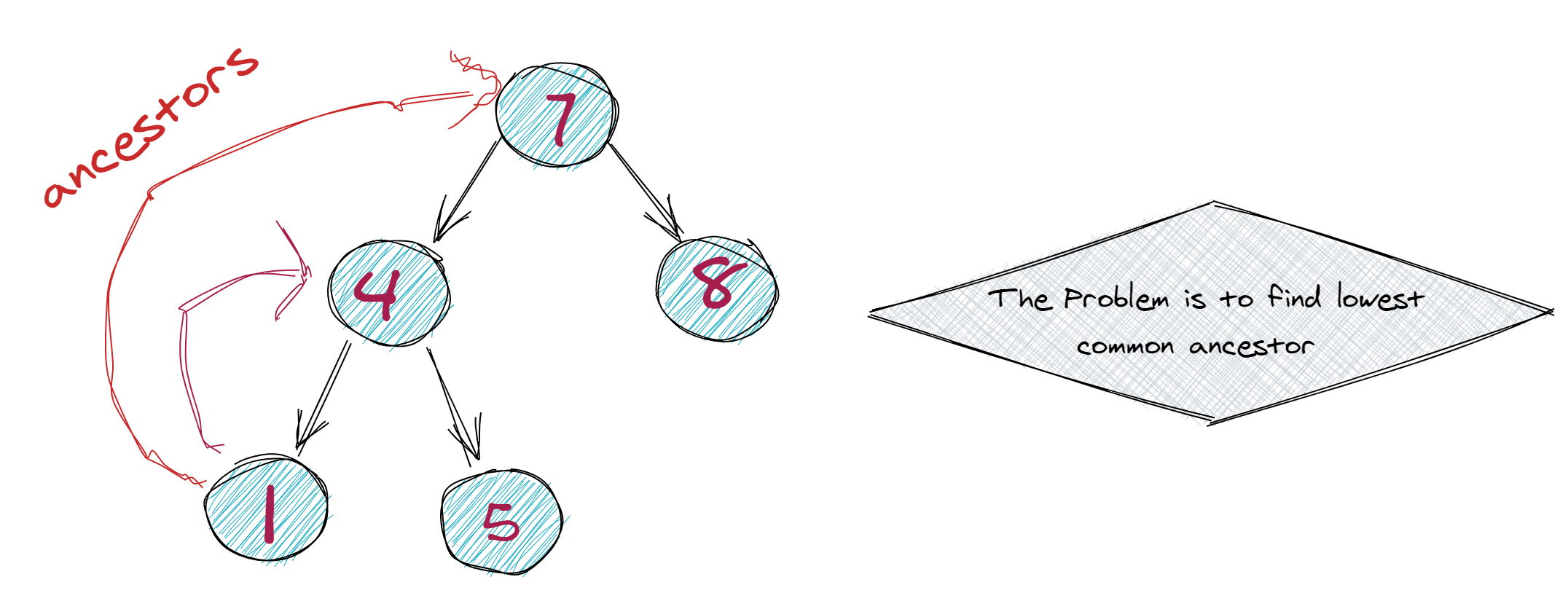Here's a sample AlgoDaily newsletter.
You can sign up for it at the bottom of this page.

ALGODAILY
December 29, 2025
“You won this job because you were the best for the job. You are smart, quick to learn, and can quickly acquire any skill you might be lacking.”
- Carla Harris
Day 9: Lowest Common Ancestor
In the official React documentation, it's recommended that to find out where state data should live, the following steps be taken:
- Identify every component that renders something based on that state.
- Find a common owner component (a single component above all the components that need the state in the hierarchy).
- Either the common owner or another component higher up in the hierarchy should own the state.
This is an algorithmic problem-- let's find the lowest common ancestor!
You're given a binary search tree tree1 and two of its child nodes as parameters. Can you write a method lowestCommonAncestor(root: Node, node1: Node, node2: Node) to identify the lowest common ancestor of the two nodes? The lowest common ancestor is the deepest node that has both of the two nodes as descendants.

In the below example, the lowest common ancestor of node 5 and 8 is 7.
/*
7
/ \
4 8
/ \
1 5
*/The method will called in the following manner: lowestCommonAncestor(root, node1, node2);.
You can assume our standard node definition for the tree vertices:
// Node definition
function Node(val) {
this.val = val;
this.left = this.right = null;
}# Node definition
class Node:
def __init__(self, val):
self.val = val
self.left = None
self.right = NoneBonus: is there a way to find the lowest common ancestor of two nodes if the root wasn't passed as a parameter?
Constraints
- Number of nodes in the BST
Have you seen this question before? We are frequently adding problems and may have updated the order. You can change the day that you're on in the settings panel. As always, you can see the solution and a full step by step explanation at this link.
Love the daily emails? AlgoDaily exists to provide hand-held coding interview coaching and career resources to developers from non-traditional paths. With premium, now on sale, you'll get:
- Unlimited access to all courses and materials, spanning Data Structures and Algorithms, Systems Design, OOP, Frontend, Machine Learning, and much more!
- Access to 700+ lessons and challenges, 2000+ diagrams and illustrations, 700+ quizzes, and 10+ hours of video
- 100% advertisement free
- AI Private Tutor trained on AlgoDaily
- Customize your AlgoDaily newsletter by switching to another crash course newsletter, and choosing the day you're on
- Technical interview or career building courses and tutorials added monthly
- Bulk export all of your completed solutions, access the notes tool, track job applications, and see all community submissions
- Bonus: PDF, Mobi, and ePub copies of The AlgoDaily Book: Core Essentials (a $29 value)

One last thing-- if you liked this email, and found value in it, could you kindly forward it to a friend who might benefit?
Our mission is to make tough technical interviews accessible to all, especially those from non-traditional CS backgrounds. I'd deeply appreciate your help in spreading the word!
Thanks,
Jake
Like the above? Try us for free.
We'll send you 100+ of the most common coding interview questions, once a day with visual explanations. Join over 53,000+ users who are doubling their salaries in 30 minutes a day.